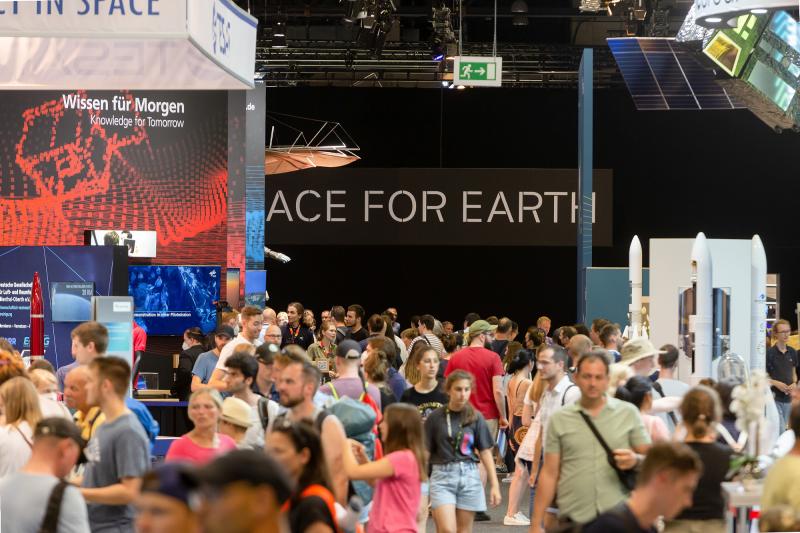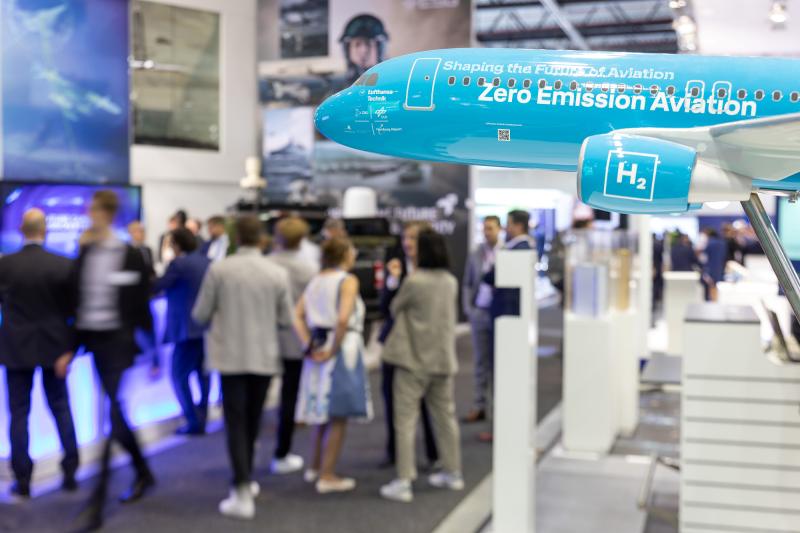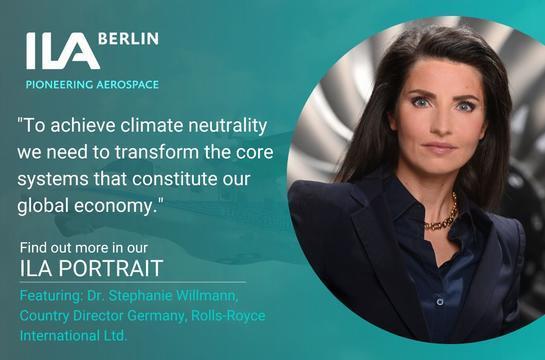ILA Berlin Insights Blog
The latest information and interviews from the aerospace industry
Find here the latest news and hot topics on the 5 core themes of ILA Berlin: aviation, space, defence & support, supplier and advanced air mobility – from sustainability and net zero emission, to the latest developments in advanced air mobility, digitalisation, and security - stay up to date until the next ILA Berlin.
Discover what ILA Berlin stands for!

25.04.2024
Space Matters!
Space travel fascinates humanity like it hasn't for 50 years. And for good reason: in the coming years, astronauts will set foot on the moon for the first time in half a century, including the first Europeans.

15.12.2023
Climate-neutral flying
The global aviation industry is increasingly working on solutions to make flying climate-neutral. We summarize for you the strategies and technologies behind this and why the future of aviation is within reach at ILA Berlin 2024.

14.06.2023
Dr. Stephanie Willmann, Country Director Germany, Rolls-Royce International Ltd.
ILA Portraits - Pioneers of the aerospace industry and political decision-makers provide personal insights and assess current industry trends.